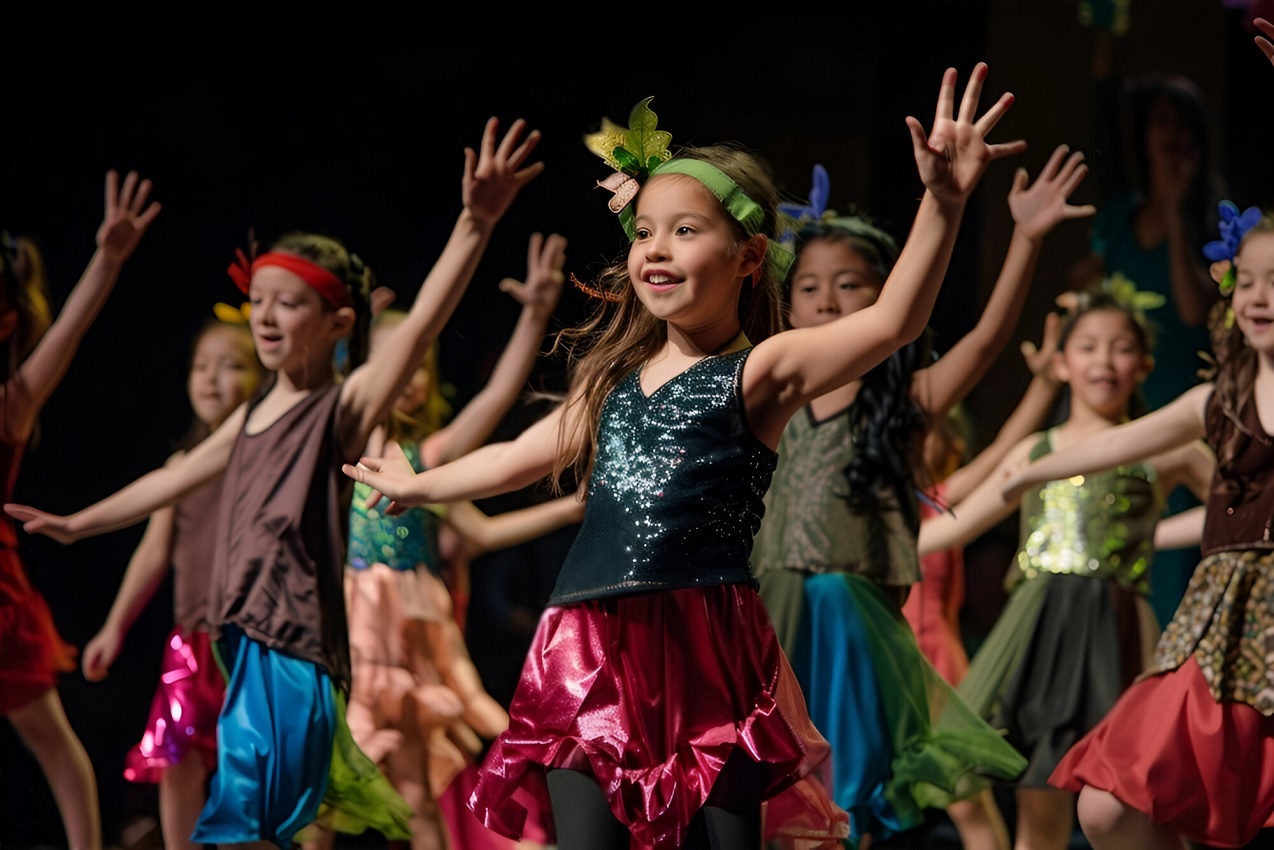Dance, as an art form, transcends mere physical movement; it serves as a profound medium for creativity and self-expression. Engaging in dance allows individuals to explore their emotions, tell stories, and connect deeply with their inner selves. Beyond its aesthetic appeal, dance offers numerous benefits that contribute to personal development and well-being.
Key Takeaways
- Enhanced Cognitive Flexibility: Dance for Creativity promotes the ability to switch between tasks, fostering higher cognitive functions.
- Emotional Exploration: Through movement, individuals can process and express complex emotions.
- Individuality and Confidence: Dance encourages personal expression, building self-assurance.
- Holistic Development: Incorporating dance in education supports mental, physical, and emotional growth.
- Community and Collaboration: Dance fosters social connections and teamwork skills.
Dance as a Medium for Creativity
Dance encourages individuals to think outside the box, fostering creativity through improvisation and choreography. It challenges dancers to interpret music and themes uniquely, promoting original thought and innovation. This creative process enhances problem-solving skills and cognitive flexibility, essential components of intellectual growth.
Emotional Expression and Processing
Through dance, individuals can express emotions that might be difficult to articulate verbally. Movements become a language of their own, allowing dancers to convey joy, sorrow, anger, or peace. This form of expression aids in emotional processing and can lead to greater emotional intelligence and mental health.
Building Self-Confidence and Individuality
Participating in dance enables individuals to embrace their uniqueness. As they develop their style and interpretative skills, dancers gain confidence in their abilities and perspectives. This empowerment translates into other areas of life, fostering a strong sense of self and assurance.
Enhancing Cognitive and Physical Abilities
Dance requires coordination, rhythm, and spatial awareness, which improve physical fitness and brain function. Engaging in dance has been linked to increased cognitive flexibility, enhancing the ability to switch between tasks and think creatively.
Dance in Educational Settings
Incorporating dance into educational curricula enriches students’ learning experiences. It promotes creativity, collaboration, and cultural awareness. Despite its benefits, arts education has faced challenges, with reductions in funding and emphasis. Advocates argue for the reintegration of dance to foster well-rounded development.
Dance as a Tool for Social Connection
Engaging in dance often involves collaboration, enhancing social skills and community building. Group performances and classes create a sense of belonging and improve communication abilities. This communal aspect of dance contributes to overall social well-being.
Dance and Mental Well-Being
Engaging in dance serves as a powerful tool for mental health. Movement releases endorphins, reducing stress and anxiety. Dance therapy is widely used to help individuals process trauma and improve emotional resilience. The structured yet expressive nature of dance creates a balance between discipline and freedom, allowing individuals to cultivate mindfulness while moving.
Cultural Significance of Dance
Dance is deeply rooted in cultures worldwide, serving as a medium for storytelling, tradition, and heritage preservation. Many cultures use dance to celebrate milestones, express collective identity, and pass down history through movement. Understanding different dance styles enhances appreciation for global diversity, making it an essential tool for cultural exchange.
The Role of Music in Dance Expression
Music and dance are inseparable, with rhythm guiding movement and enhancing creative expression. Different genres of music inspire varied dance styles, allowing dancers to experiment with tempo, mood, and dynamics. The interplay between music and movement fosters a deeper connection between the dancer and their artistic intent, making performances more engaging and meaningful.
Dance as a Pathway to Innovation
Creativity in dance often leads to groundbreaking innovations in performance art. Choreographers push boundaries by blending traditional styles with contemporary influences, creating fresh and captivating movements. Dance technology, such as motion capture and interactive performances, continues to revolutionize how audiences experience dance, making it an ever-evolving art form.
Lifelong Benefits of Dance
Unlike many physical activities, dance remains accessible at all stages of life. Whether as a hobby, professional pursuit, or therapeutic practice, dance fosters lifelong learning and adaptability. Many people turn to dance as a way to maintain physical health, social engagement, and creative fulfillment well into old age.
Dance serves as a powerful outlet for creativity and self-expression, offering numerous benefits that extend beyond the dance floor. It fosters emotional release, cognitive development, physical health, and social connectivity. Embracing dance in various aspects of life can lead to a more fulfilled and expressive existence.
How does dance improve cognitive flexibility?
Dance challenges individuals to learn and remember choreography, adapt to rhythm changes, and coordinate movements, enhancing the brain’s ability to switch between tasks and think creatively.
Can dance help in managing emotions?
Yes, dance allows individuals to express and process emotions through movement, serving as a therapeutic outlet for feelings that may be difficult to verbalize.
How does dance improve cognitive flexibility?
Incorporating dance in education promotes creativity, physical health, emotional expression, and social skills, contributing to holistic student development.
